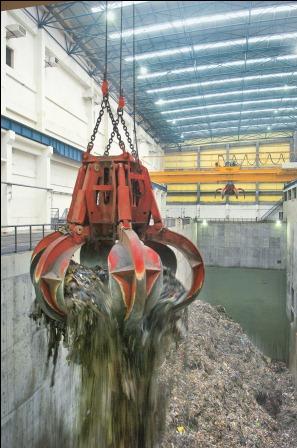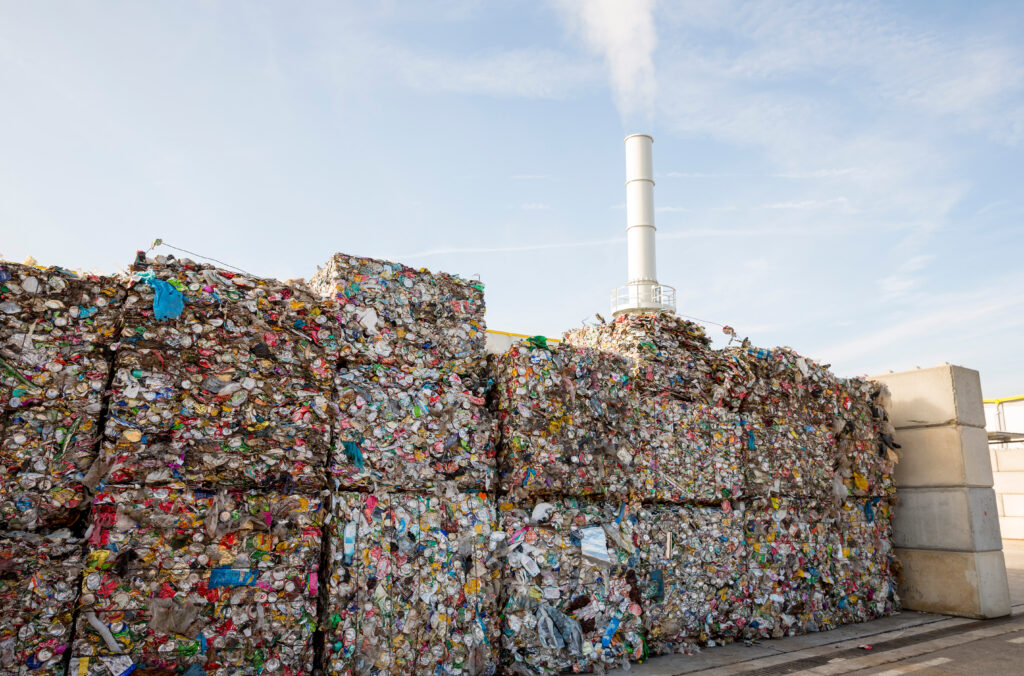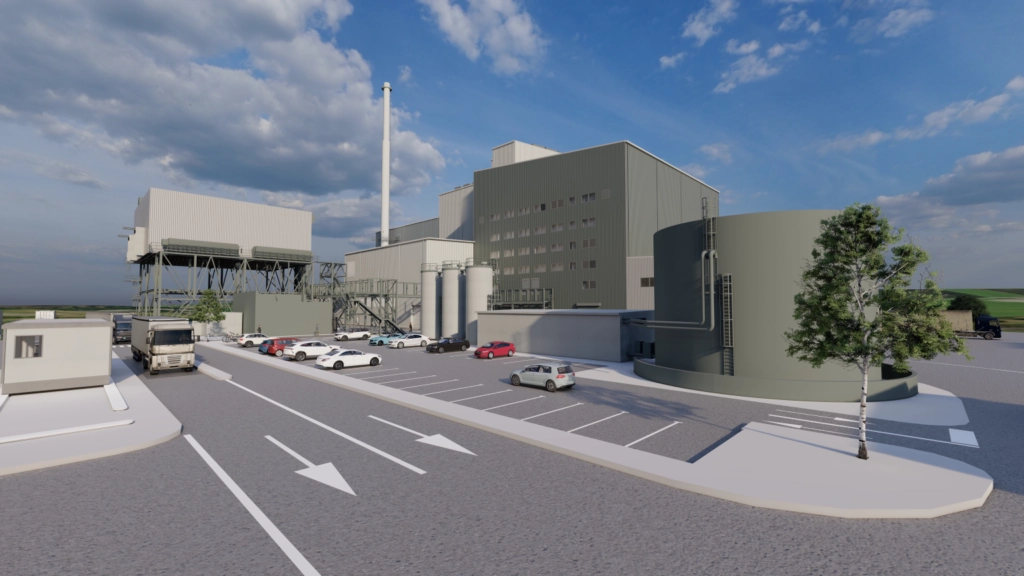Many larger Chinese cities now have energy from waste plants while the smaller and medium-sized cities are still facing waste challenges. A typical story of progress on the EfW side comes is the seven hectare Luodai Town EfW facility in the city of Chengdu which is burning about 1,200 tonnes a day, a third of the citys waste production.
Recyclables, including some plastics and metals, are removed from the waste before incineration. Methane is captured from the waste while it awaits incineration.
Chengdu, the capital of Sichuan province, has a population of over 10.5 million inhabitants, generating 3,600 tonnes of household waste every day. The Luodai Town facility processes some 400,000 tonnes of household waste per year, with the heat produced from the incineration operation used to generate electricity for 50,000 homes in the city. The plant has an output capacity of 120 million kWh and it is estimated that over one million t of CO2 emissions will be saved by 2015.
The operators note that in an operation of this scale, continuous and uninterrupted incineration of waste material is of paramount importance to the efficiency of the energy from waste plant.
To meet the special needs of the application and the volume of throughput, the operator specified an intermediate buffer store system, with two overhead travelling cranes, supplied by Demag Cranes and Components, for the materials handling operations. Both of the fully automatic cranes have a 28.5m span, 16 t SWL and are equipped with a 10 cu m grabbing bucket.
Buffer store
Trucks from Chengdu deliver refuse from the plant and deposit the waste into the 19.6 x 84 sq m sunken intermediate buffer store from one of the twelve tipping points. Once the trucks have left the operational area, the automatic grabbing cranes lift newly deposited material on to existing refuse within the store. By blending different types of waste, optimum calorific values are achieved for efficient incineration and maximum heat output.
The intelligent control system operates on a grid system, dividing the buffer store in to 156 zones, with the position and height of waste in each zone determined automatically. The grid system also provides reference points for the automated crane system, ensuring precise positioning accuracy.
Cranes
The cranes are programmed to distribute refuse evenly above the 45 sq m chutes, which feed the three furnaces, ensuring constant and uninterrupted incineration. In addition to feeding the furnaces with up to 50 tonnes of waste per hour, the grabbing cranes are also required to perform a number of functions to blend and clear refuse.
To meet the required high cycle rate, the cranes have long travel speeds of 80 m/min, with cross travel and hoisting speeds of 60m/min. The cranes also feature a fully automatic load sway damping system, which not only provides accurate positioning of the grab, but also eliminates the potential of damage caused by the grab colliding with the walls of the bunker walls.
The Demag automated crane system provides a low maintenance solution for the particular materials handling requirements of the Chengdu operation, ensuring uninterrupted feeding of the furnaces for constant 24 hour operation. There are also positive health & safety implications of the automated system as there is no need for operators to access the potentially hazardous materials handling area.









Subscribe for free